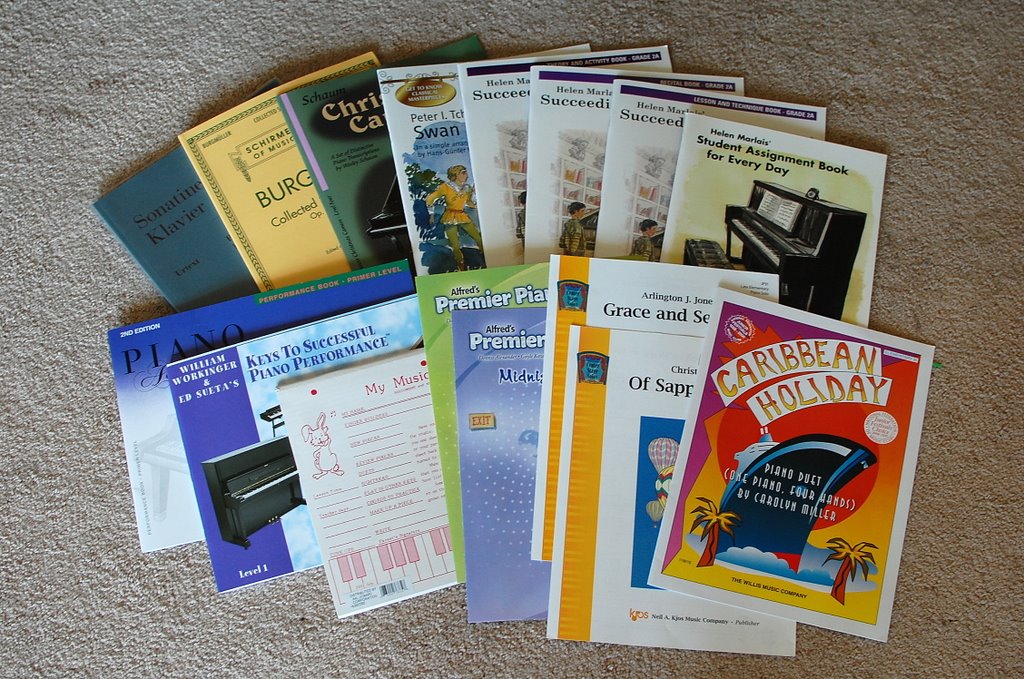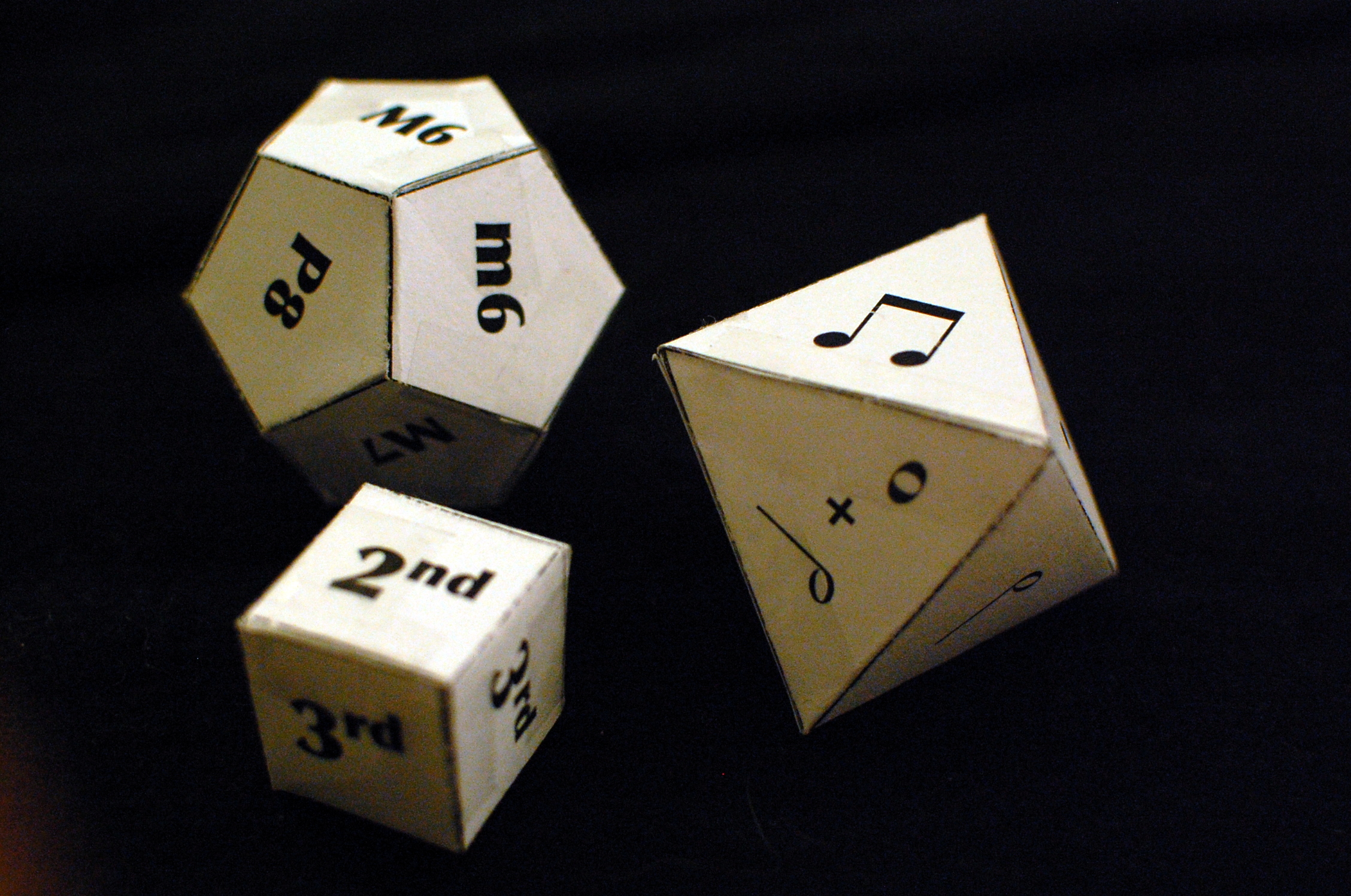 It’s been a few weeks since I’ve added a new printable to the Printables page….so here’s one I created a couple of months ago. You can find it on the Printables > Other Resources page.
It’s been a few weeks since I’ve added a new printable to the Printables page….so here’s one I created a couple of months ago. You can find it on the Printables > Other Resources page.
Scale and Arpeggio Fingering (2 Octaves) Reference Sheet (3 pages long)
I created this printable with my intermediate/advanced students in mind who are working on 2- and 4- octave scales/arpeggios and have trouble keeping all their fingerings straight in their head once they start getting them under their fingers. It’s nice to have a guide tucked inside the front cover of a book to refer to now and then!
The document contains three pages:
Page 1: Rules and tricks for remembering scale and arpeggio fingerings (as shown on the right).
Page 2: A listing of the fingerings for each Major and Harmonic Minor scale/arpeggio (2-octave) for piano.
Page 3: A continuation of page 2.
Of course, there are a few different ways to finger scales and arpeggios, so I’m sorry if the fingerings listed in this printable do not correspond with the ones you prefer to teach your students. These are the ones I like to use, and I thought I’d share it with anyone who might happen to find it useful.
I did my best to proof-read the fingerings, but it is certainly possible that I may have missed something….so if you encounter something that seems sketchy, please let me know!
 Just added to the Printables > Studio Business page:
Just added to the Printables > Studio Business page:



 To prepare for the new teaching year, I’ve been updating a plethera of my studio documents! I finally have them all updated here online too on the
To prepare for the new teaching year, I’ve been updating a plethera of my studio documents! I finally have them all updated here online too on the 






 A new worksheet has just been added to the
A new worksheet has just been added to the 


 Here’s a fun movement/rhythm game to play with a group of students which I learned from a Dalcroze Eurhythmics instructor. I call it the “Rhythm Magnet Game.”
Here’s a fun movement/rhythm game to play with a group of students which I learned from a Dalcroze Eurhythmics instructor. I call it the “Rhythm Magnet Game.”
 Just added to the
Just added to the 






 Christmas is on the way, whether you are ready or not! My students are already starting to ask about Christmas music.
Christmas is on the way, whether you are ready or not! My students are already starting to ask about Christmas music.